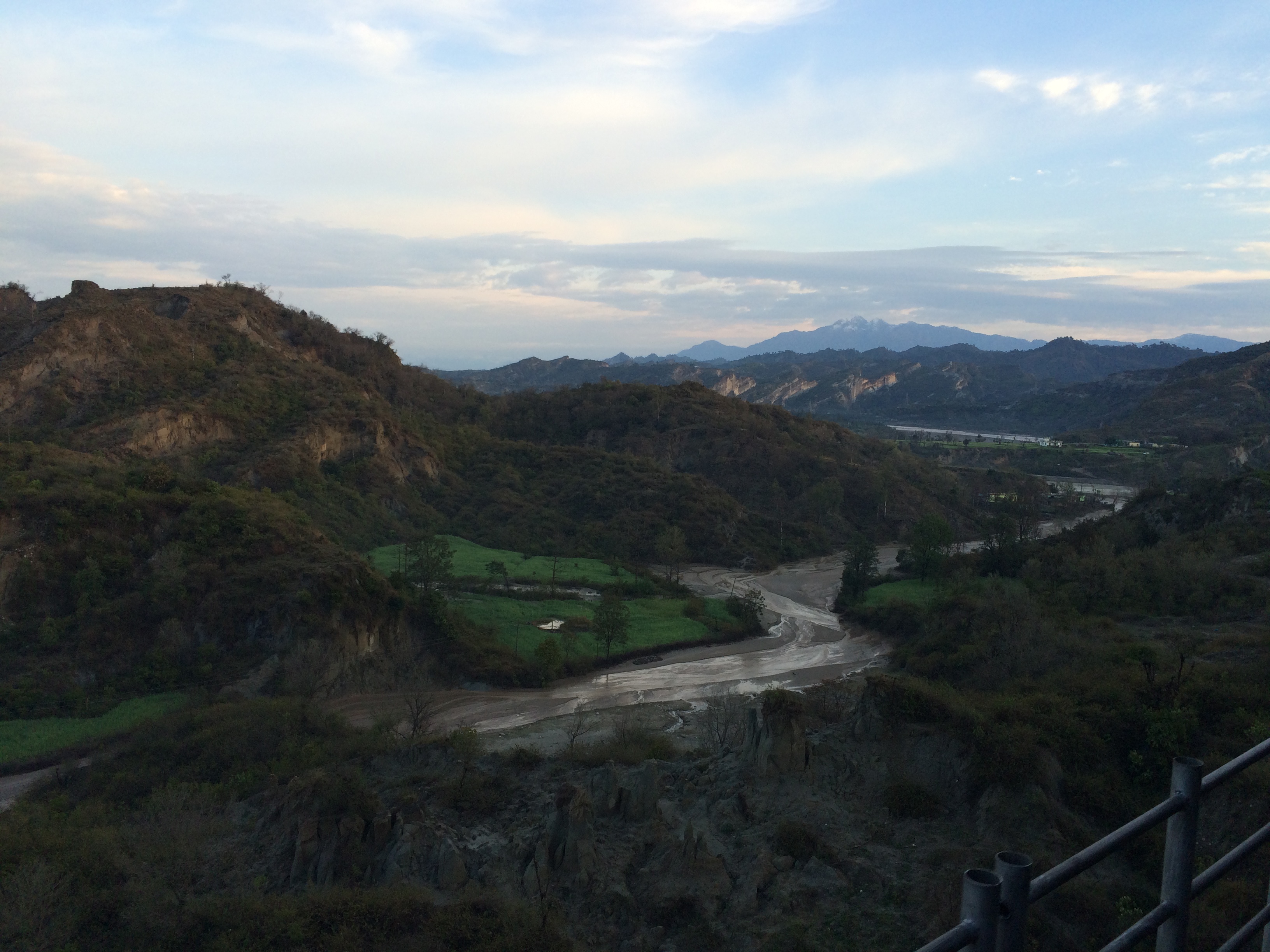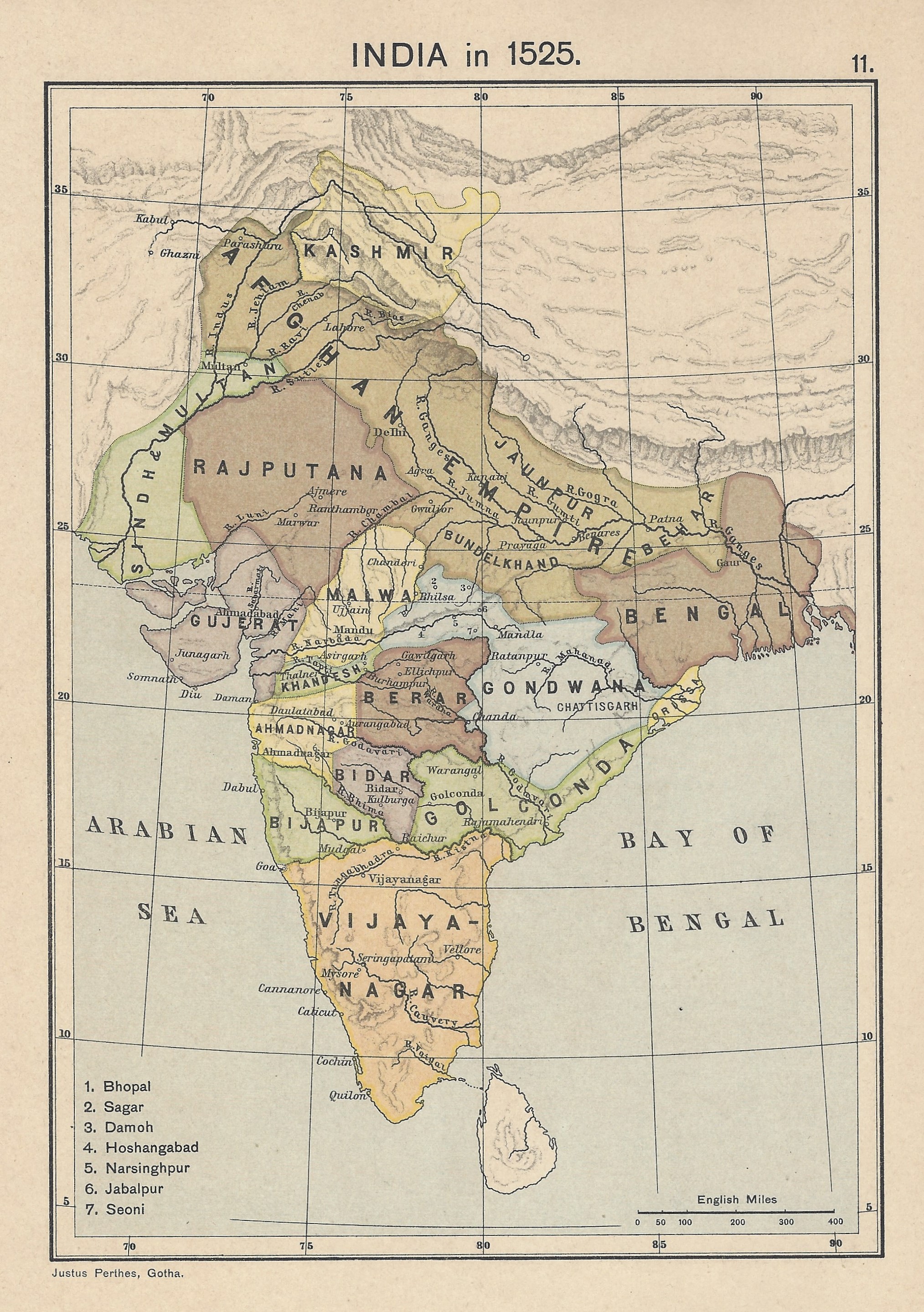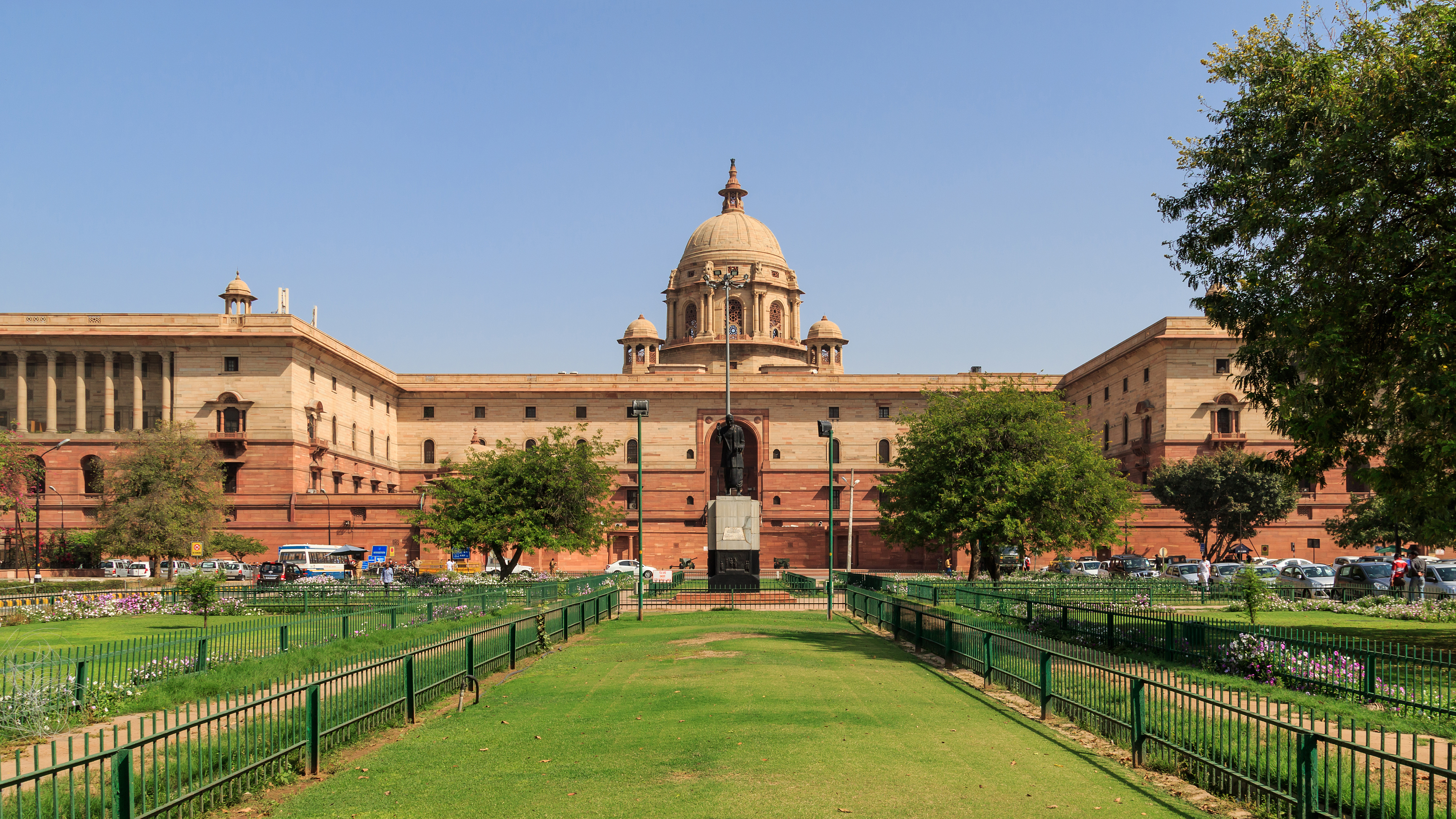|
Battle Of Nadaun
The Battle of Nadaun, alternatively known as the Hussaini Yudh'','' was fought at Nadaun, between Raja Bhim Chand of Bilaspur (Kahlur) and the Mughals under Alif Khan. Bhim Chand was supported by Guru Gobind Singh (the tenth Sikh Guru) and the Mughals were supported by other hill chieftains, notably Kirpal Chand from Kangra and Dayal Chand from Bijharwal. Bhim Chand and some hill chieftains, after the conclusion of the Battle of Bhangani, had refused to pay tribute to the Mughal emperor which led to the battle at Nadaun. The battle resulted in the victory of Bilaspur State and Sikh alliance. '' Bichitra Natak'', considered to be the autobiography of Guru Gobind Singh, is one of the major sources of information about the battle. However, its authorship is disputed by some scholars. Dating Different authors give the date of the battle variously as 1687, 1689, 1690, 20 March 1691, and 4 April 1691. Cause The Mughal emperor Aurangzeb's Deccan campaigns against Bijapur and ... [...More Info...] [...Related Items...] OR: [Wikipedia] [Google] [Baidu] |
Nadaun
Nadaun is a historical town and a nagar panchayat in the Hamirpur district of Himachal Pradesh, India. Previously a part of the princely state of Kangra, it was granted as a jagir to Jodhbir Chand by Ranjit Singh. Nadaun is presently an independent small town located on NH 3 and NH 303 in the Sivalik range foothills. It is situated on the banks of the Beas. Nadaun has boundaries with districts Kangra and Una. Bulleh Shah mentions Nadaun as the ''City of Innocent''. He is said to have written the famous saying, ''"Aaye Nadaun, Jaaye Kaun"'' (meaning "who comes to Nadaun would never want to go back"). In his famous poem ''Bulla Ki Janna Mein Kaun'', he mentions Nadaun as ''"Na mein rehnda vich Nadaun".'' Geography Nadaun is located at . It has an average elevation of 508 metres (1,666 feet). Beas flows through this small town. Nadaun lies midway between Jwalamukhi (12 km) and Hamirpur (28 km). Climate The climate of Nadaun is sub-tropical with m ... [...More Info...] [...Related Items...] OR: [Wikipedia] [Google] [Baidu] |
Kahlur
Bilaspur State or Kahlur State, sometimes Kahloor Riyasat, was a kingdom (697–1849) and later princely state (1849–1948) in the Punjab Province ruled by a separate branch of Chandravanshi Chandel rajput dynasty. Raja Bir Chand 697–730 was the founder of the state but it was named Kahlur only after the Construction of Kahlur Fort by Raja Kahal Chand around 890–930CE and Raja Anand Chand the 44th Raja was the last ruler. The state was earlier known as Kahlur Riyasat and was later renamed Bilaspur. It covered an area of , on the name of Sage Bias (from Biaspur later became Bilaspur) and had a population of 100,994 according to the 1931 Census of India. The last ruler of Bilaspur State acceded to the Indian Union on 12 October 1948. Bilaspur State remained Bilaspur Province in independent India until 1950 when the province was briefly renamed "Bilaspur State" before it was merged with Himachal Pradesh state as a district in 1954. In the pre-partitioned Punjab, t ... [...More Info...] [...Related Items...] OR: [Wikipedia] [Google] [Baidu] |
Jammu
Jammu () is a city in Indian-administered Jammu and Kashmir (union territory), Jammu and Kashmir in the disputed Kashmir region.The application of the term "administered" to the various regions of Kashmir and a mention of the Kashmir dispute is supported by the WP:TERTIARY, tertiary sources (a) through (d), reflecting WP:DUE, due weight in the coverage. Although "controlled" and "held" are also applied neutrally to the names of the disputants or to the regions administered by them, as evidenced in sources (f) through (h) below, "held" is also considered politicised usage, as is the term "occupied," (see (i) below). (a) (subscription required) Quote: "Kashmir, region of the northwestern Indian subcontinent ... has been the subject of dispute between India and Pakistan since the partition of the Indian subcontinent in 1947. The northern and western portions are administered by Pakistan and comprise three areas: Azad Kashmir, Gilgit, and Baltistan, the last two being part of a ... [...More Info...] [...Related Items...] OR: [Wikipedia] [Google] [Baidu] |
Punjab Region
Punjab (; ; also romanised as Panjāb or Panj-Āb) is a geopolitical, cultural, and historical region in South Asia. It is located in the northwestern part of the Indian subcontinent, comprising areas of modern-day eastern Pakistan and northwestern India. Pakistan's major cities in Punjab are Lahore, Faisalabad, Rawalpindi, Gujranwala, Multan, Sialkot, and Bahawalpur, while India’s are Ludhiana, Amritsar, Chandigarh, Jalandhar, Patiala, Mohali, and Bathinda. Punjab grew out of the settlements along the five rivers, which served as an important route to the Near East as early as the ancient Indus Valley civilization, dating back to , followed by migrations of the Indo-Aryan peoples. Agriculture has been the chief economic feature of the Punjab and formed the foundation of Punjabi culture. The Punjab emerged as an important agricultural region, especially following the Green Revolution during the mid-1960s to the mid-1970s, and has been described as the " bread ... [...More Info...] [...Related Items...] OR: [Wikipedia] [Google] [Baidu] |
Golconda Sultanate
The Sultanate of Golconda (; ) was an early modern kingdom in southern India, ruled by the Persianate, Shia Islamic Qutb Shahi dynasty of Turkoman origin. After the decline of the Bahmani Sultanate, the Sultanate of Golconda was established in 1518 by Quli Qutb Shah, as one of the five Deccan sultanates. The kingdom extended from parts of the modern-day Indian states of Karnataka, Andhra Pradesh, Odisha and Telangana. The Golconda sultanate was constantly in conflict with the Adil Shahis and Nizam Shahis, which it shared borders with in the seventeenth century to the west and northwest.C.E. Bosworth, ''The New Islamic Dynasties'', (Columbia University Press, 1996), 328. In 1636, Mughal emperor Shah Jahan forced the Qutb Shahis to recognize Mughal suzerainty and pay periodic tributes. The dynasty came to an end in 1687 during the reign of its seventh sultan Abul Hasan Qutb Shah, when the Mughal ruler Aurangzeb arrested and jailed Abul Hasan for the rest of his life in Daul ... [...More Info...] [...Related Items...] OR: [Wikipedia] [Google] [Baidu] |
Bijapur Sultanate
The Sultanate of Bijapur was an early modern kingdom in the western Deccan and South India, ruled by the Muslim Adil Shahi (or Adilshahi) dynasty. Bijapur had been a '' taraf'' (province) of the Bahmani Kingdom prior to its independence in 1490 and before the kingdom's political decline in the last quarter of the 15th century. It was one of the Deccan sultanates, the collective name of the kingdom's five successor states. The Sultanate of Bijapur was one of the most powerful states on the Indian Subcontinent at its peak, second to the Mughal Empire which conquered it in 1686 under Aurangzeb. After emigrating to the Bahmani Sultanate, Yusuf Adil Shah rose through the ranks to be appointed governor of the province of Bijapur. In 1490, he created a ''de facto'' independent Bijapur state which became formally independent with the Bahmani collapse in 1518. The Bijapur Sultanate's borders changed considerably throughout its history. Its northern boundary remained relatively stabl ... [...More Info...] [...Related Items...] OR: [Wikipedia] [Google] [Baidu] |
Deccan Plateau
The Deccan is a plateau extending over an area of and occupies the majority of the Indian peninsula. It stretches from the Satpura Range, Satpura and Vindhya Ranges in the north to the northern fringes of Tamil Nadu in the south. It is bound by the mountain ranges of the Western Ghats and the Eastern Ghats on the sides, which separate the region from the Western Coastal Plains, Western and Eastern Coastal Plains respectively. It covers most of the Indian States of Maharashtra, Karnataka, Telangana and Andhra Pradesh excluding the coastal regions, and minor portions of Tamil Nadu and Kerala. The plateau is marked by rocky terrain with an average elevation of about . It is subdivided into Maharashtra Plateau, Karnataka Plateau, and Rayalaseema & Telangana Plateau. The Deccan Traps in the north west were formed by multiple layers of igneous rocks laid down by basaltic lava flows following a massive volcanic eruption that occurred during the end of the Cretaceous period (66 Millio ... [...More Info...] [...Related Items...] OR: [Wikipedia] [Google] [Baidu] |
The Tribune (Chandigarh)
''The Tribune'' is an Indian English-language daily newspaper published from Amritsar, Jalandhar, Ludhiana, Bathinda, Chandigarh and Gurgaon, Gurugram. It was founded on 2 February 1881, in Lahore, Punjab Province (British India), Punjab (now in Pakistan), by Sardar Dyal Singh Majithia, a philanthropist, and is run by a trust comprising five persons as trustees. It is a major Indian newspaper with a worldwide circulation. In India, it is among the leading English daily for Punjab, India, Punjab, Haryana, Himachal Pradesh, and the Chandigarh, Union Territory of Chandigarh. Overview The present Editor-in-Chief of ''The Tribune'' is Jyoti Malhotra. ''The Tribune'' has two sister publications: ''Dainik Tribune'' (in Hindi) and ''Punjabi Tribune'' (in Punjabi language, Punjabi). Naresh Kaushal is the Editor of ''Dainik Tribune'' and Arvinder Kaur Johal is the Officiating Editor of the ''Punjabi Tribune''. The online edition of ''The Tribune'' was launched in July 1998, and the onlin ... [...More Info...] [...Related Items...] OR: [Wikipedia] [Google] [Baidu] |
New Delhi
New Delhi (; ) is the Capital city, capital of India and a part of the Delhi, National Capital Territory of Delhi (NCT). New Delhi is the seat of all three branches of the Government of India, hosting the Rashtrapati Bhavan, New Parliament House, New Delhi, Sansad Bhavan, and the Supreme Court of India, Supreme Court. New Delhi is a Municipal governance in India, municipality within the NCT, administered by the New Delhi Municipal Council (NDMC), which covers mostly Lutyens' Delhi and a few adjacent areas. The municipal area is part of a larger List of districts in India, administrative district, the New Delhi district. Although colloquially ''Delhi'' and ''New Delhi'' are used interchangeably to refer to the National Capital Territory of Delhi, both are distinct entities, with the municipality and the New Delhi district forming a relatively small part within the megacity of Delhi. The National Capital Region (India), National Capital Region is an even larger entity, compris ... [...More Info...] [...Related Items...] OR: [Wikipedia] [Google] [Baidu] |
Amritsar
Amritsar, also known as Ambarsar, is the second-List of cities in Punjab, India by population, largest city in the India, Indian state of Punjab, India, Punjab, after Ludhiana. Located in the Majha region, it is a major cultural, transportation and economic centre. The city is the administrative headquarters of the Amritsar district. It is situated north-west of Chandigarh, and north-west of New Delhi. It is from the India–Pakistan border, India-Pakistan border, and north-east of Lahore, Pakistan. According to the 2011 census, the city had a population of 1,132,383. It is one of the ten municipal corporations in the state; Karamjit Singh Rintu is serving as the mayor of the city. According to the United Nations, as of 2018, Amritsar is the second-most populous city in Punjab and the most populous metropolitan region in the state, with a population of roughly 2 million. Amritsar is the centre of the Amritsar Metropolitan Region. Amritsar is the economic capital of Punjab. ... [...More Info...] [...Related Items...] OR: [Wikipedia] [Google] [Baidu] |
Shiromani Gurdwara Prabandhak Committee
The Shiromani Gurdwara Parbandhak Committee ( SGPC; Supreme Gurdwara Management Committee) is an organization in India responsible for the management of ''gurdwaras'', Sikh places of worship, in the states of Punjab and Himachal Pradesh and the union territory of Chandigarh. SGPC also administers Darbar Sahib in Amritsar. The SGPC is governed by the president of SGPC. The SGPC manages the security, financial, facility maintenance and religious aspects of Gurdwaras as well as keeping archaeologically rare and sacred artifacts, including weapons, clothes, books and writings of the Sikh Gurus. Bibi Jagir Kaur became the first woman to be elected president of the SGPC for the second time in September 2004. She had held the same post from March 1999 to November 2000. History Foundation In 1920 the emerging Akali leadership summoned a general assembly of the Sikhs holding all shades of opinion on 15 November 1920 in vicinity of the Akal Takht in Amritsar. The purpose of this ... [...More Info...] [...Related Items...] OR: [Wikipedia] [Google] [Baidu] |
New York City
New York, often called New York City (NYC), is the most populous city in the United States, located at the southern tip of New York State on one of the world's largest natural harbors. The city comprises five boroughs, each coextensive with a respective county. The city is the geographical and demographic center of both the Northeast megalopolis and the New York metropolitan area, the largest metropolitan area in the United States by both population and urban area. New York is a global center of finance and commerce, culture, technology, entertainment and media, academics, and scientific output, the arts and fashion, and, as home to the headquarters of the United Nations, international diplomacy. With an estimated population in 2024 of 8,478,072 distributed over , the city is the most densely populated major city in the United States. New York City has more than double the population of Los Angeles, the nation's second-most populous city. [...More Info...] [...Related Items...] OR: [Wikipedia] [Google] [Baidu] |








